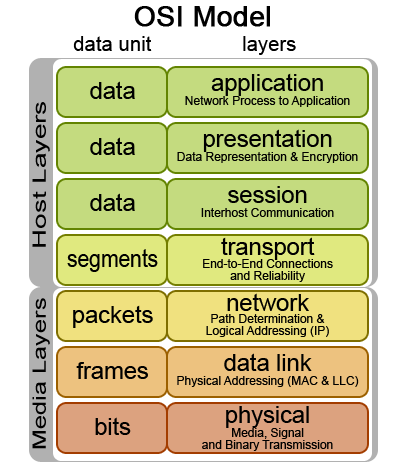From dataLink layer when you pass 30 frames does it possible to receive 31 packets in networkLayer?
Sorry, small correction
When source(WAN) dataLink layer passes 30 frames does it possible to receive 31 packets in Target(LAN)networkLayer?
Sorry, small correction
When source(WAN) dataLink layer passes 30 frames does it possible to receive 31 packets in Target(LAN)networkLayer?
